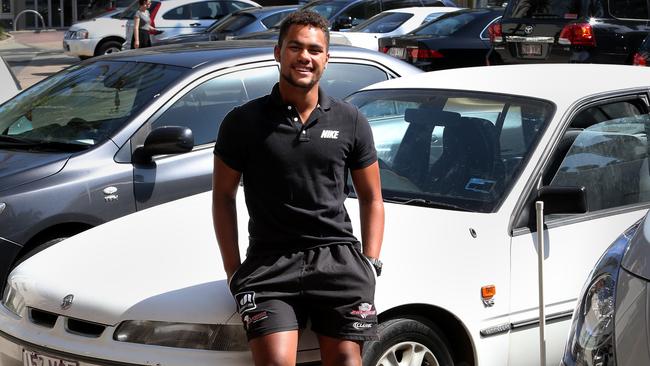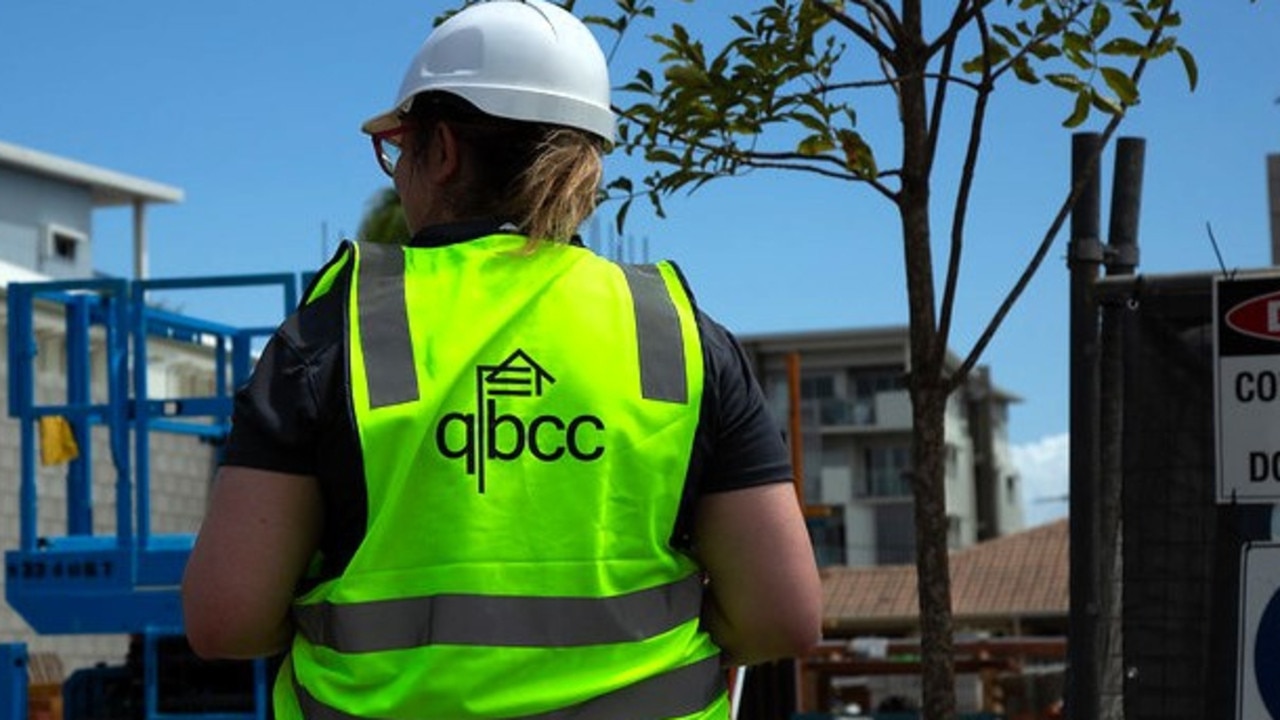Qld CTP: How insurers lobbied for higher premiums, then regulator estimated they made big profits
DOCUMENTS and interviews reveal insurers have long lobbied and cried poor about compulsory car insurance. Were they actually creaming big profits?

QLD Business
Don't miss out on the headlines from QLD Business. Followed categories will be added to My News.
BRISBANE student Shaun Hoerler drives an ageing white Holden Commodore with P plates. It’s probably not worth heaps but among his car expenses is compulsory third-party insurance, to protect someone injured in an accident.
“It’s a lot of money,” Hoerler told The Courier-Mail. At almost $368.60 a year, the CTP is also potentially a lot more expensive than intended.
CTP insurers have been creaming up to four times the profits that the regulator had projected, figures from the Motor Accident Insurance Commission this week stated. That’s between $65 and $81 per car policy per year in the past five years, MAIC’s actuarial expert estimated.
The profits that insurers seemed to earn were “not fair … to us other people”, Hoerler argued. Those other people include the owners of 2.7 million Queensland cars and station wagons.
But here’s the kicker: During these five years, insurers have cried poor and lobbied for even higher premiums. Documents obtained by The Courier-Mail via Right to Information laws and interviews can reveal today how it has been a long-running tactic, extending to Queensland’s Treasurer.
Insurers set premiums within quarterly ceiling and floor limits, overseen by MAIC. All insurers currently charge the ceiling price of $368.60, which includes their premiums and levies.
The scheme incorporated an 8 per cent profit for insurers — they are providing a service, after all. But MAIC thinks profits actually hit between 25 per cent and 31 per cent in the past five years.
IS THE REGULATOR WRONG?
While MAIC’s estimates could be wrong, the four insurers refused to detail profits to The Courier-Mail. One explanation for different profit expectations might be because insurers took “a more conservative view of possible future events”, MAIC said.
It’s an expensive question with CTP under review and a committee reporting to Government this Friday.
If there are counter arguments to big-profit estimates, one piece of evidence could be how insurer NRMA abandoned the market in 2014.
Even customer-owned RACQ in 2010 said CTP did not provide the margins “that the Government believes” and told this latest review the ceiling price allows a “minimum return on capital”. Still, at its annual general meeting last month, RACQ chairman Nigel Alexander stood at a podium in front of dozens of members, telling them high profits in 2014 and 2015 were partly due to its insurance arm releasing money from CTP.
The big gorilla in CTP is Suncorp, which has 50 per cent of Queensland’s market and the ear of Government. One bureaucrat briefing note shows Suncorp insurance boss Anthony Day in 2012 was slated to meet Treasurer Tim Nicholls about “CTP premium rates” and how lower bond returns had hit profits.
“Suncorp has previously raised a number of issues … it believes needs to be taken into consideration in support of premium increases,” the note said. It’s a shopping list: court judgments, inflation, a new insurance scheme, expenses.
Another government briefing note shows insurers had sought $15 and $25 premium increases, blaming falling bond returns. But the documents indicate MAIC challenged the lobbying, arguing a $5 increase was appropriate and other factors were boosting insurers.
Further, Nicholls, in one handwritten note, asked to “ensure CTP is not subsidising other insurance, eg housing”. Bureaucrats responded that one problem had been the ceiling price. In theory, the ceiling was set with enough headroom so insurers could compete with lower premiums, a briefing note said. Yet that rarely happened. Insurers would charge at or near the ceiling.
“MAIC infers that insurers are instead utilising the (headroom) allowance to supplement profits from the scheme and/or apportioning it to claims or operational expenses,” the note said.
While all this was going on, insurers were telling media why CTP prices should rise. Suncorp even published a discussion paper. And this was not industry’s first shot.
LONG HISTORY OF LOBBYING
Shauna Tomkins, on MAIC’s advisory committee board from 2000 to 2012, remembered from 2006 to 2009 that “industry complained bitterly that the ceiling was too low, the scheme was unprofitable for insurers participating and so on”.
“You can see it in the history, all the insurers filed at the ceiling,” she told The Courier-Mail. “The industry universally lobbied and put MAIC under pressure to increase the ceiling by as much as 50 per cent.”
“There were various threats that some insurers would need to rethink the Queensland business et cetera.”
Even now, Tomkins thinks that “government intervention in the form of price controls is essential” for CTP.
The four insurers did not answer Courier-Mail questions. Instead, Suncorp, QBE, RACQ pushed arguments about CTP suffering from problems such as exaggerated claims or legal costs.
Nicholls, now Opposition leader, and current Treasurer Curtis Pitt declined to comment. But we know insurers have Pitt’s ear; his diary shows four meetings with Suncorp and one with Allianz over two years.
RELATED STORIES:
COP THAT PROFIT: INSURERS MADE ‘4X’ SCHEME GOALS


